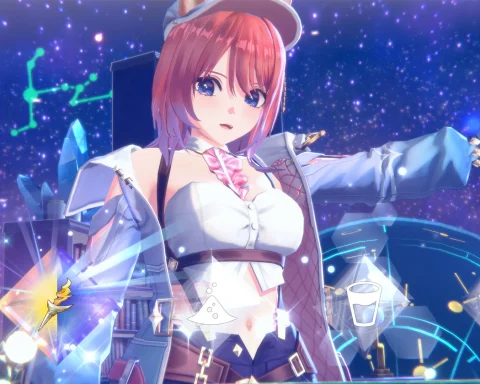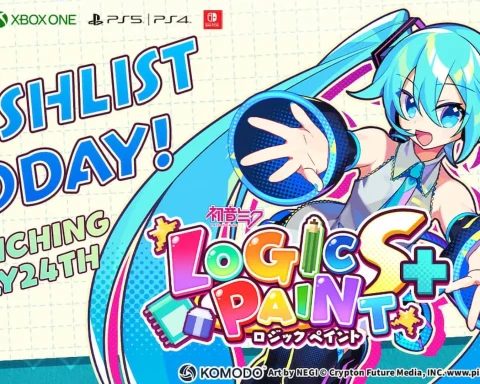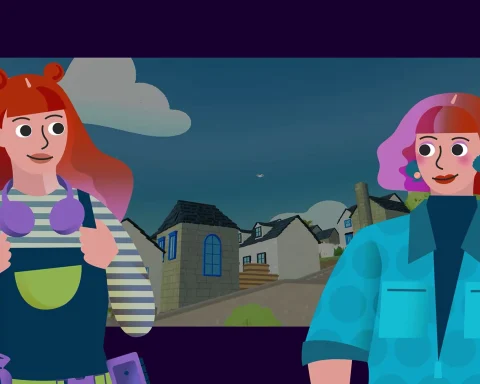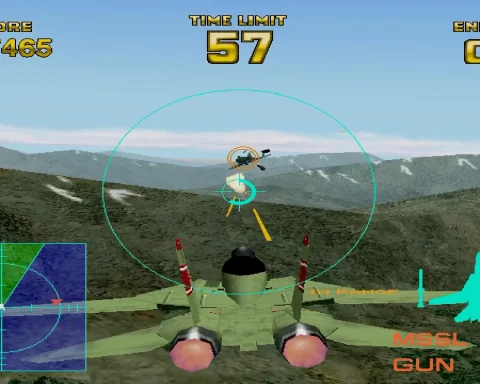Let’s get this out of the way first: no, I have no idea whether or not Torchlight II is better than Diablo 3. Not only did I not play Diablo 3, but there are hundreds of people more qualified to make comparisons about the mechanics, structure and overall feel of both games than myself. If you are interested in this argument, then Game Front has a concise comparison article on the entire matter which can be found here. But enough of that, let’s get onto today’s discussion — shall we?
By “purest form,” I mean the purest of pure forms. The five pillars of the action role-playing genre are (arguably) the only aspects holding Torchlight II together. But those aspects are so well-crafted that the game can purely base itself off of them alone and still be massively enjoyable. For those unaware, here is the pocket-list of the five pillars of the ARPG genre: Questing, Killing Enemies, Looting, Level Grinding and Randomly Generated Content.
The combat is the most distinctive aspect of Torchlight II in comparison to other games in its genre. Torchlight II follows the tried-and-true controls of clicking on enemies to attempt to murder them and using hotkeys when the situation requires more than clicking to stay alive. Upon being defeated, enemies will either drop valuable loot, or explode into a bloody mess, which is quite satisfying, even if there’s no real substantial gain for the kill. But, what makes Torchlight II recognizable from the pack is that it uses what it calls a charge bar. This charge bar gives the player bonuses based on how offensive the player is, with the most common bonuses being slightly increased attack and damage-blocking stats. While my main Outlander character didn’t receive any unique bonuses from the charge bar, the other three classes use this feature well and it can actually change the play-styles of characters and players alike.
The random generation of Torchlight II’s dungeons is quite impressive compared to other games in the genre. From what I have encountered, all of its dungeons have thematic elements they wish to display and they always convey these elements wonderfully, despite not having a finite structure. While this is great on its own, Torchlight II also houses overworld generation too. Unlike the original title, which itself was confined purely to dungeons, Torchlight II also randomly generates overworlds to connect them together. Much like the dungeons, the overworlds’ generated convey a certain theme to them as well. This adds variety to the game and allows for it to be a bit more open-ended than its predecessor.












I've only just started the original Torchlight and if this is any better, then well… Wow!
Good review! But would you mind if I pretend that you gave this 3.5 stars? It's the lack of story that dooms this for me. I was hoping that T2 would create some emotional involvement (something that Diablo 3 was really poor at) but it sounds like it's just set of nicely-thought-out mechanics and a good engine. Shame 🙁
similar taste in ranged character character – only I pick them off with my bow in both torchlights. also looking forward to that Ukranian Indie game Cradle which I expect you to review
it's the curse of the whole genre, isn't it? I play these kinds of games not caring about story anyway, just happily bashing and smashing and keyboard-mashing away.
I'm the same way. I'm a huge dungeon crawler fan and I couldn't careless about a fully fleshed out storyline. Though, it would be cool to have a few CG cutscenes added into the mix from time to time.
I'm going to start tracking it down right now. 😉
You know what? You're right. I think what I *meant* to say was that I need a reason to care. Diablo didn't give me one, despite the (overly contrived and tortuous, but well-told, story). So yeah, story isn't the main thing; involvement is, for me anyway.
Yep, having the pet companion to sell my excess loot off while I continue slaying baddies is what puts Torchlight (series) over the top for me, and the reason I'm about to fire it back up again today.